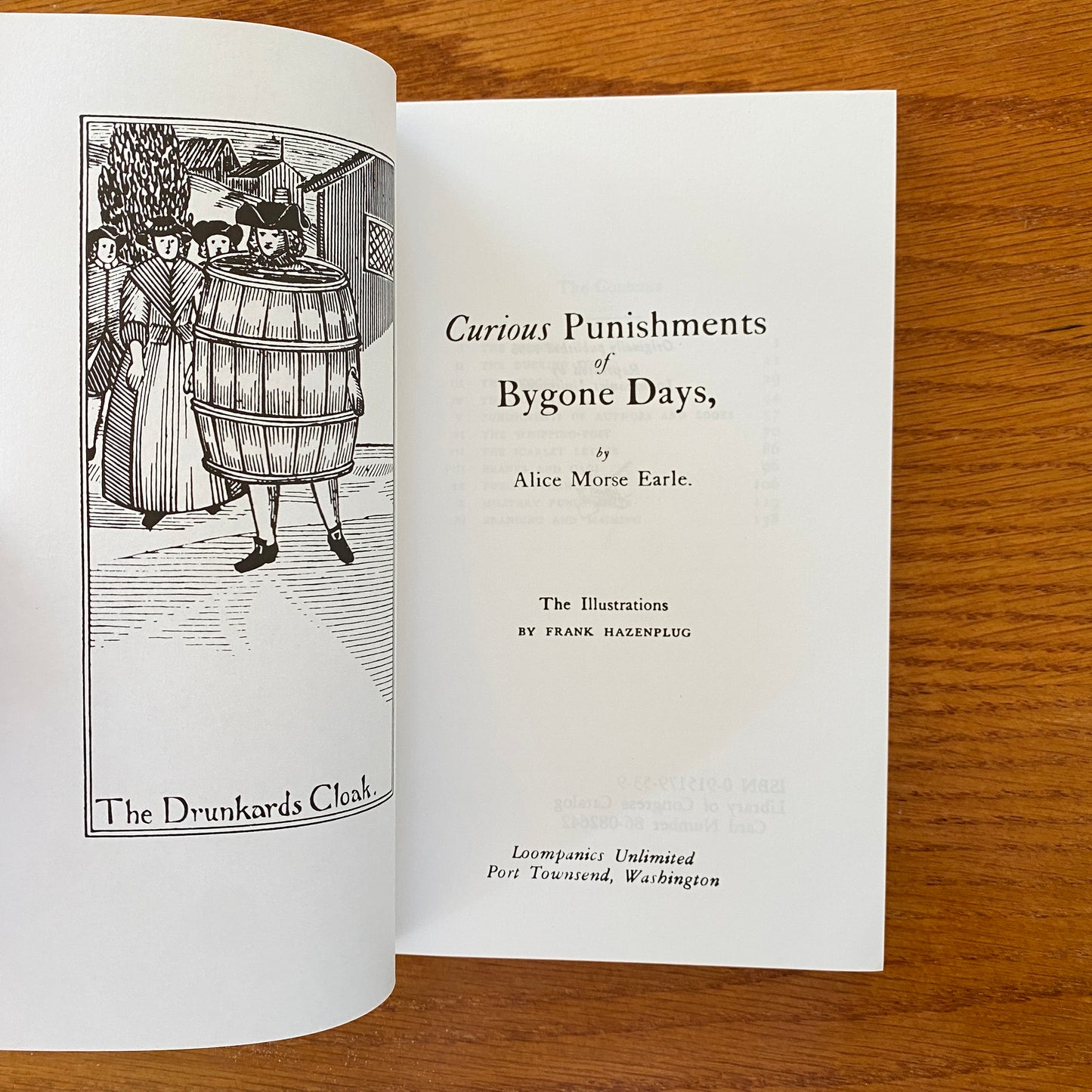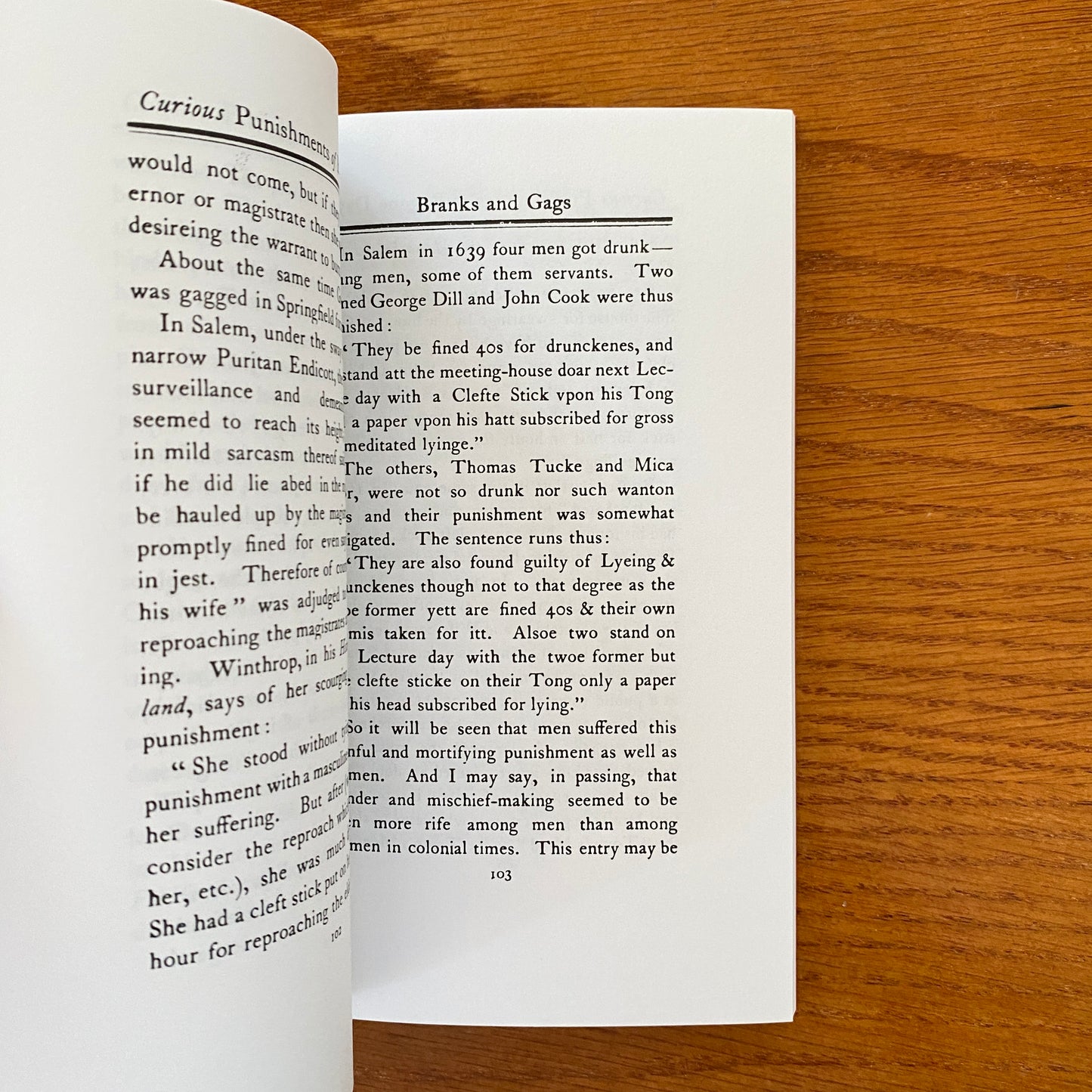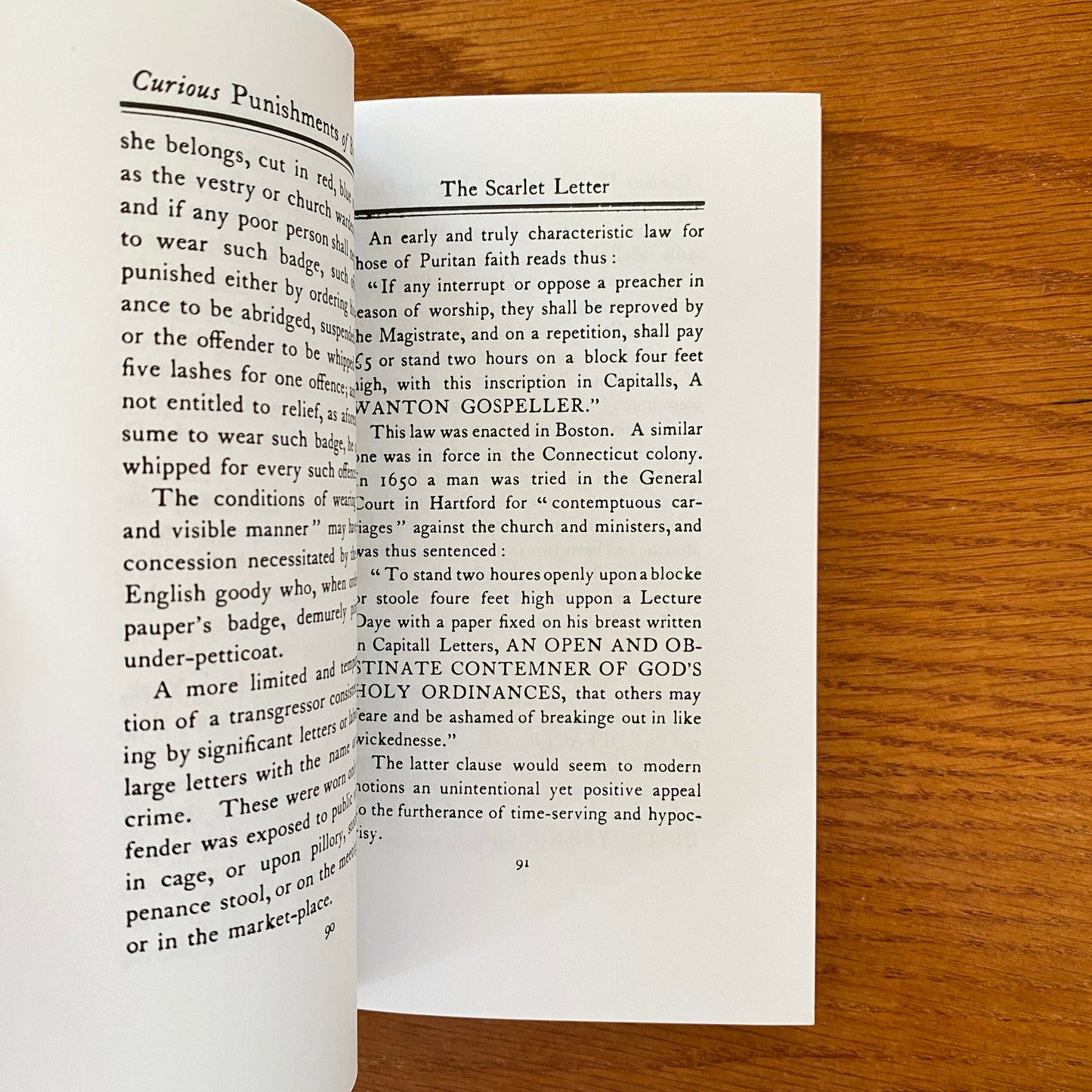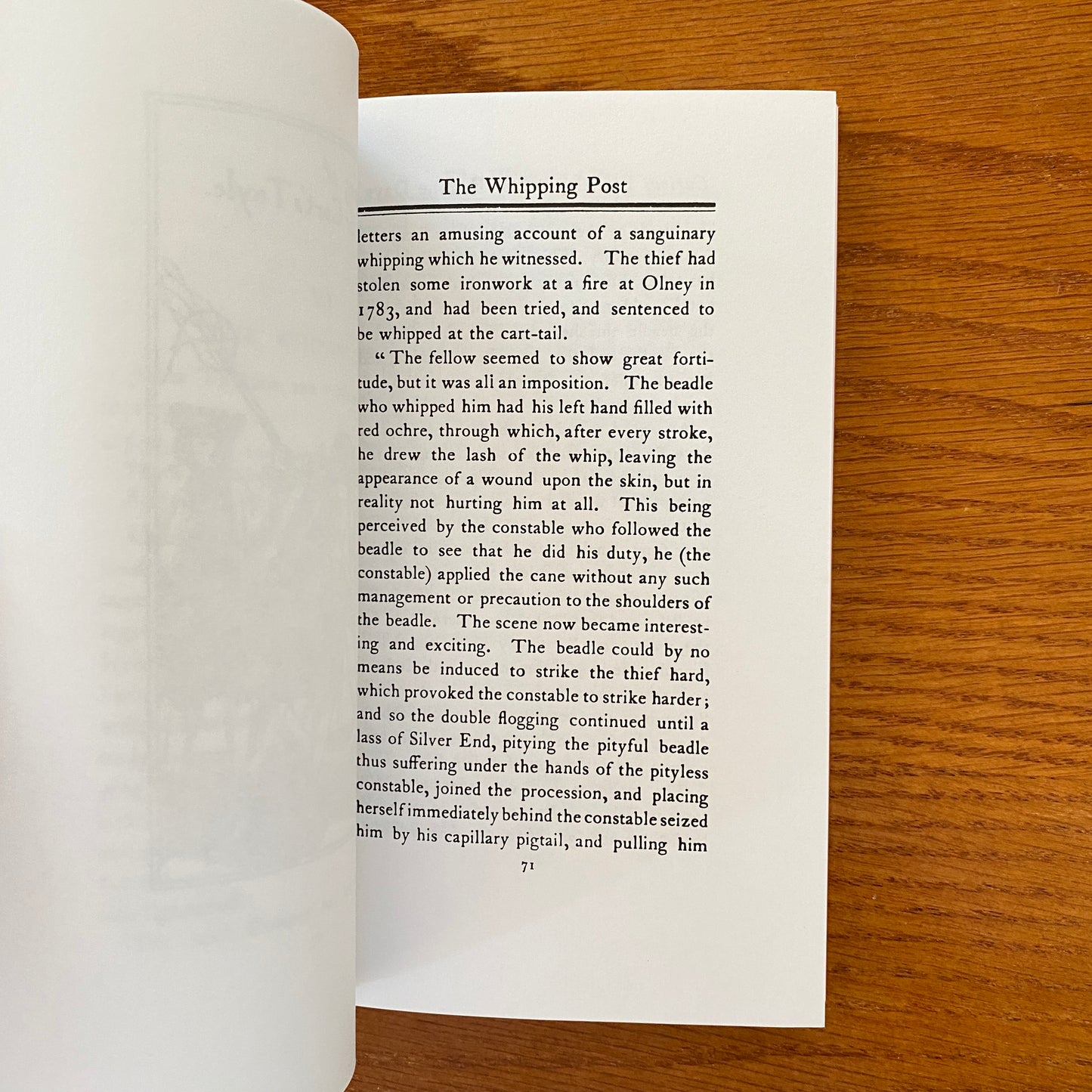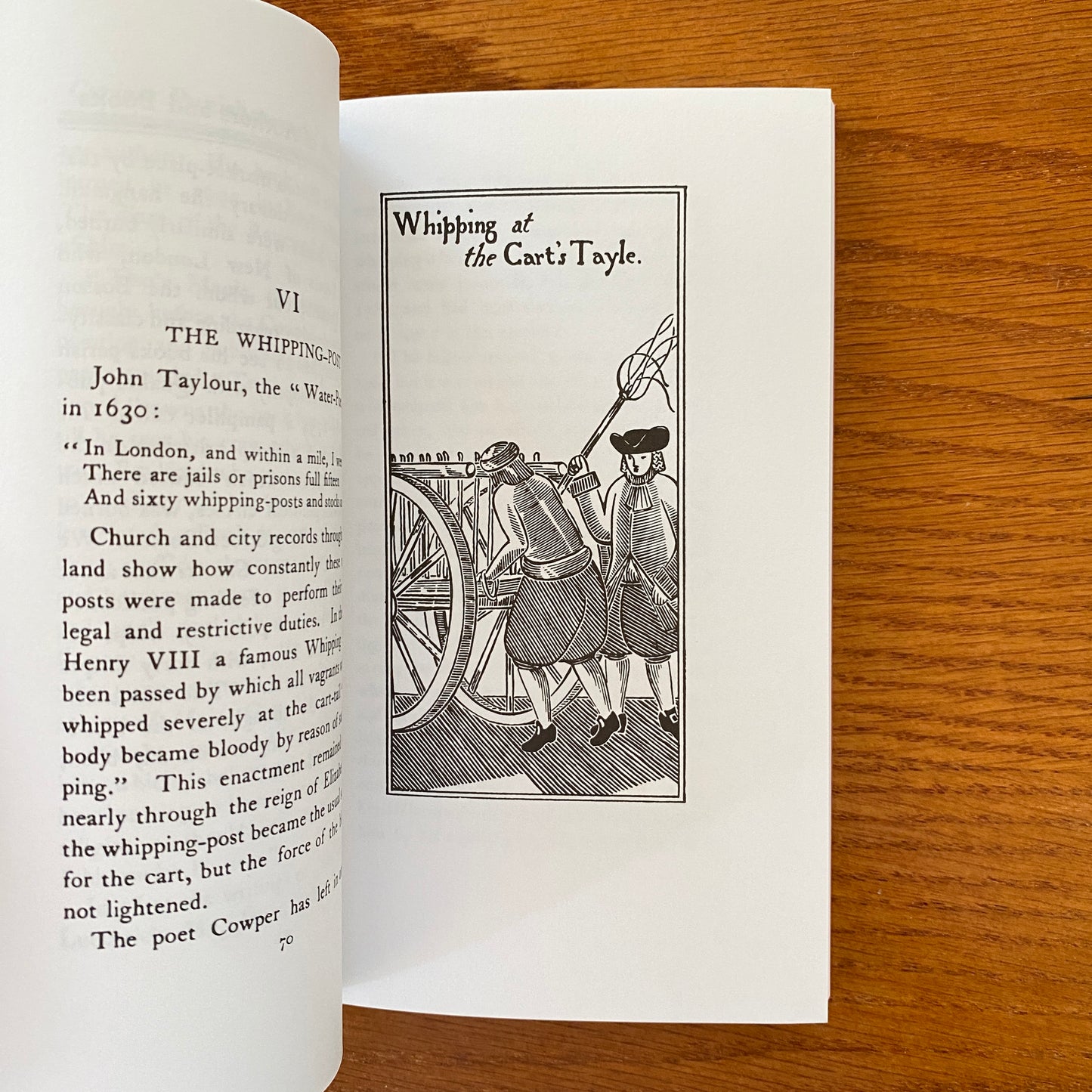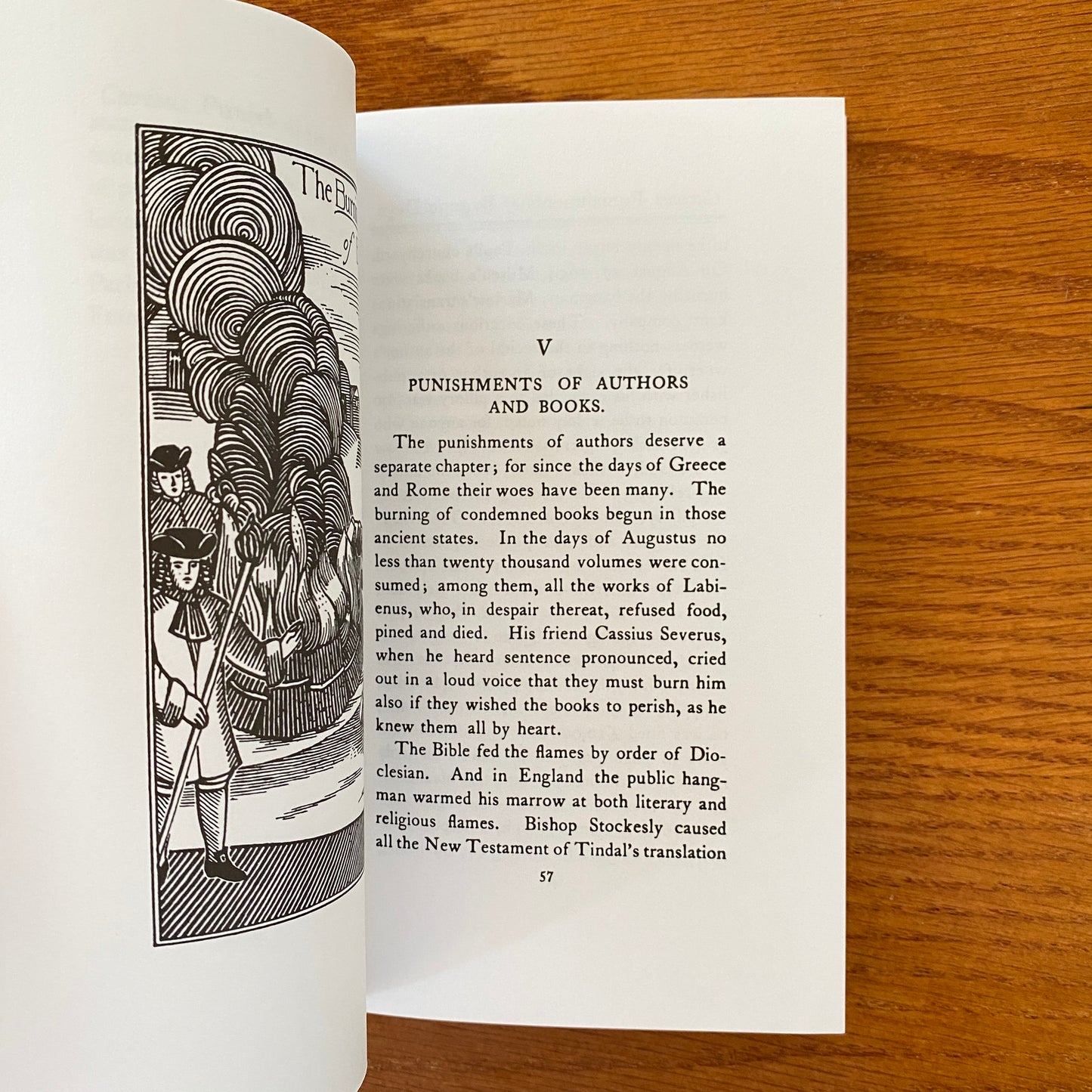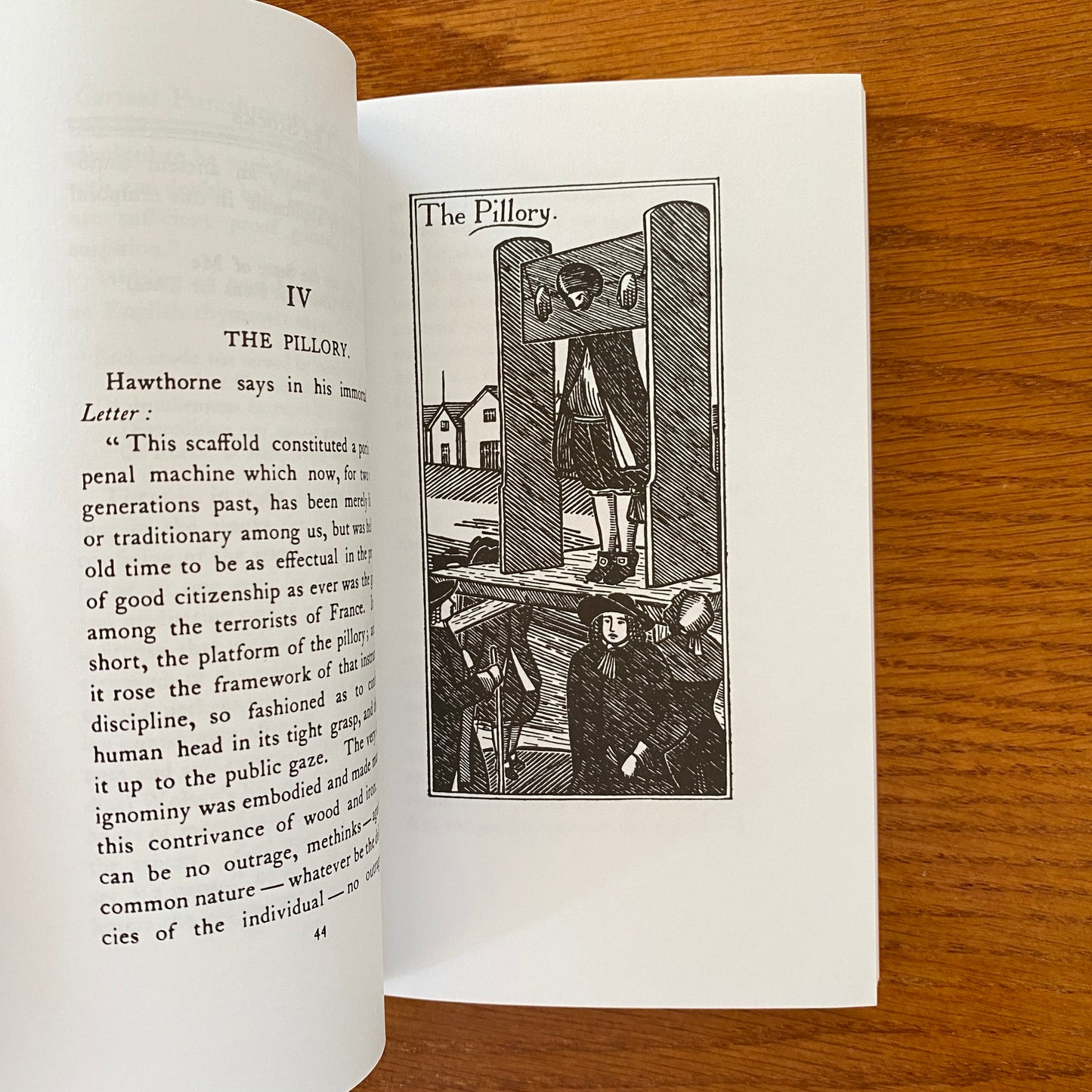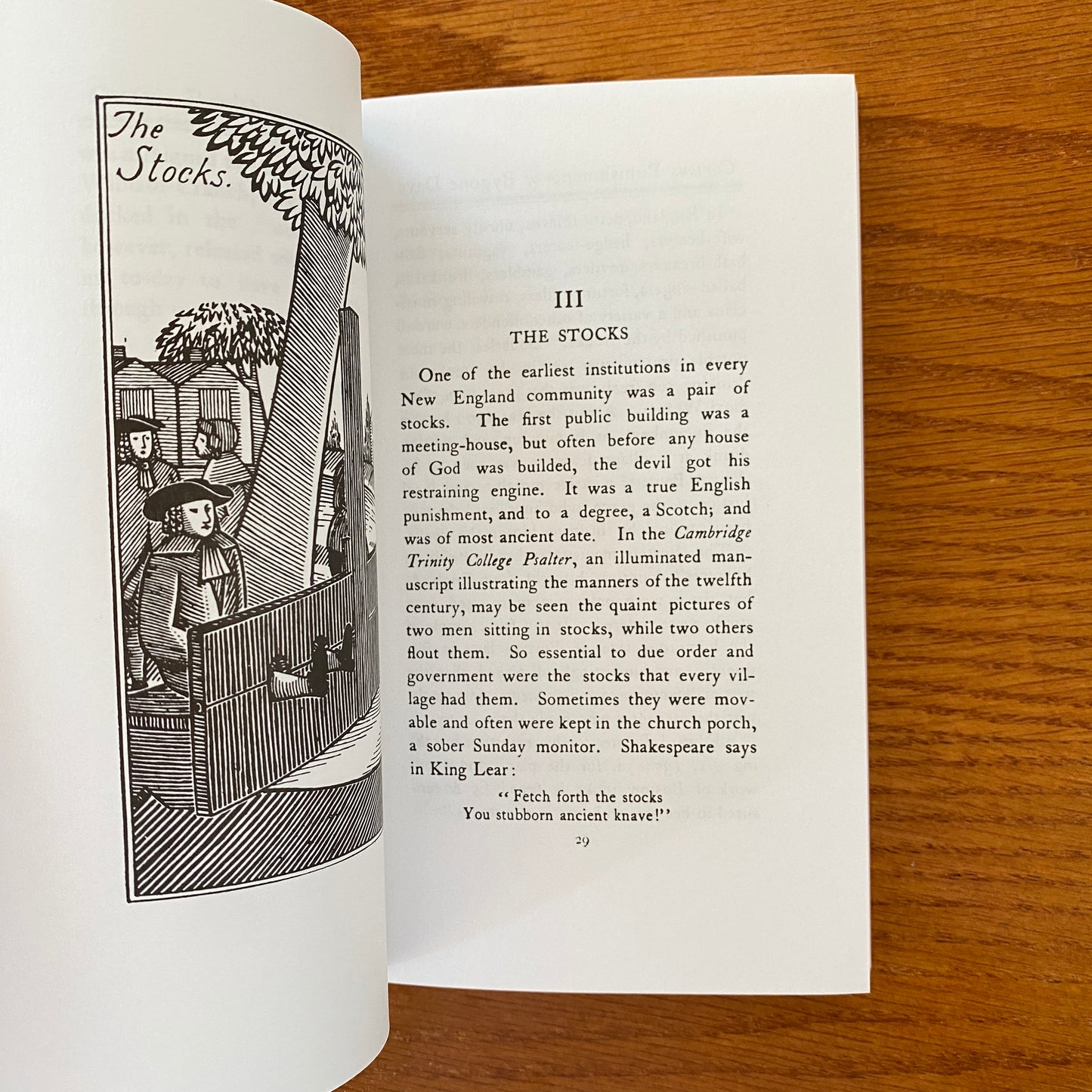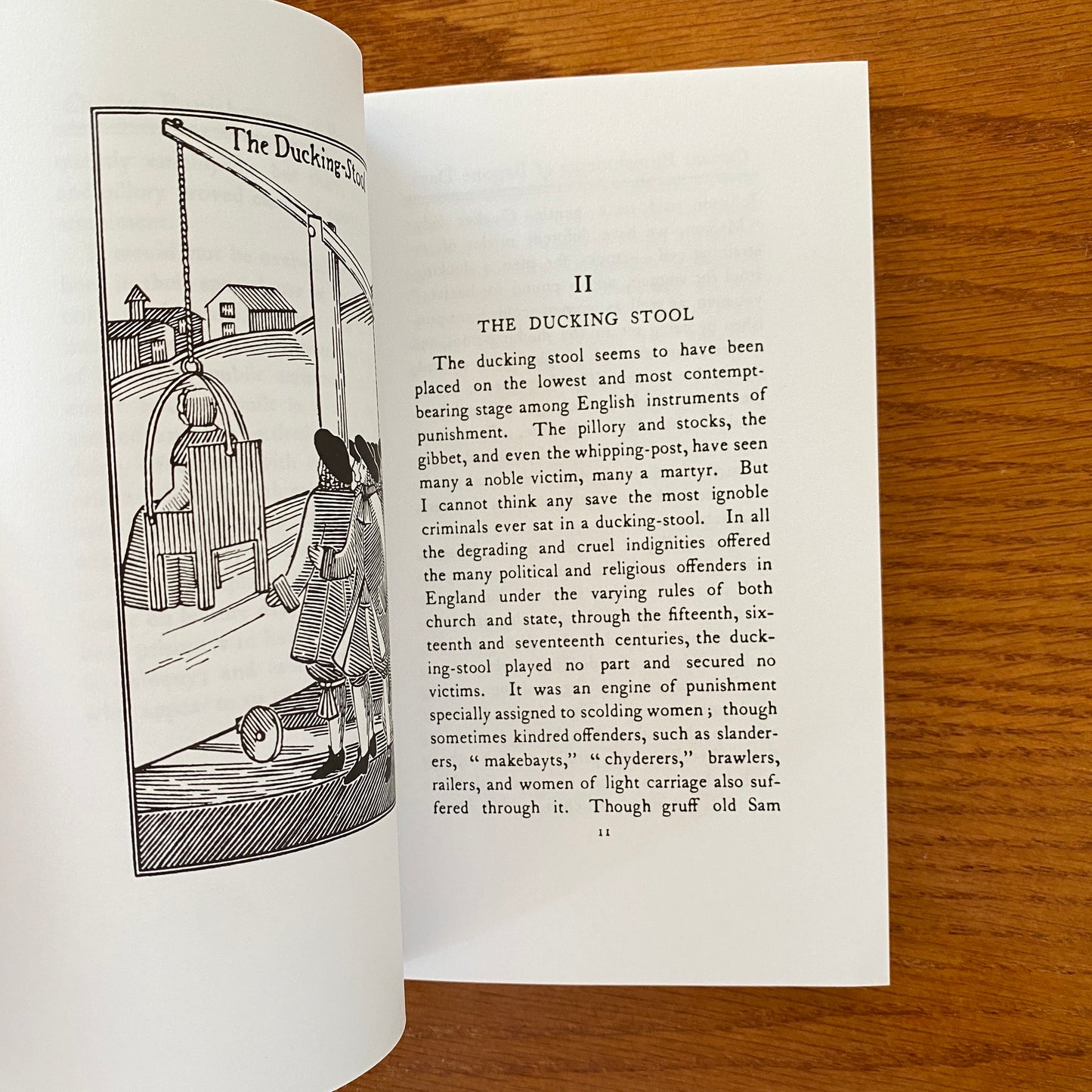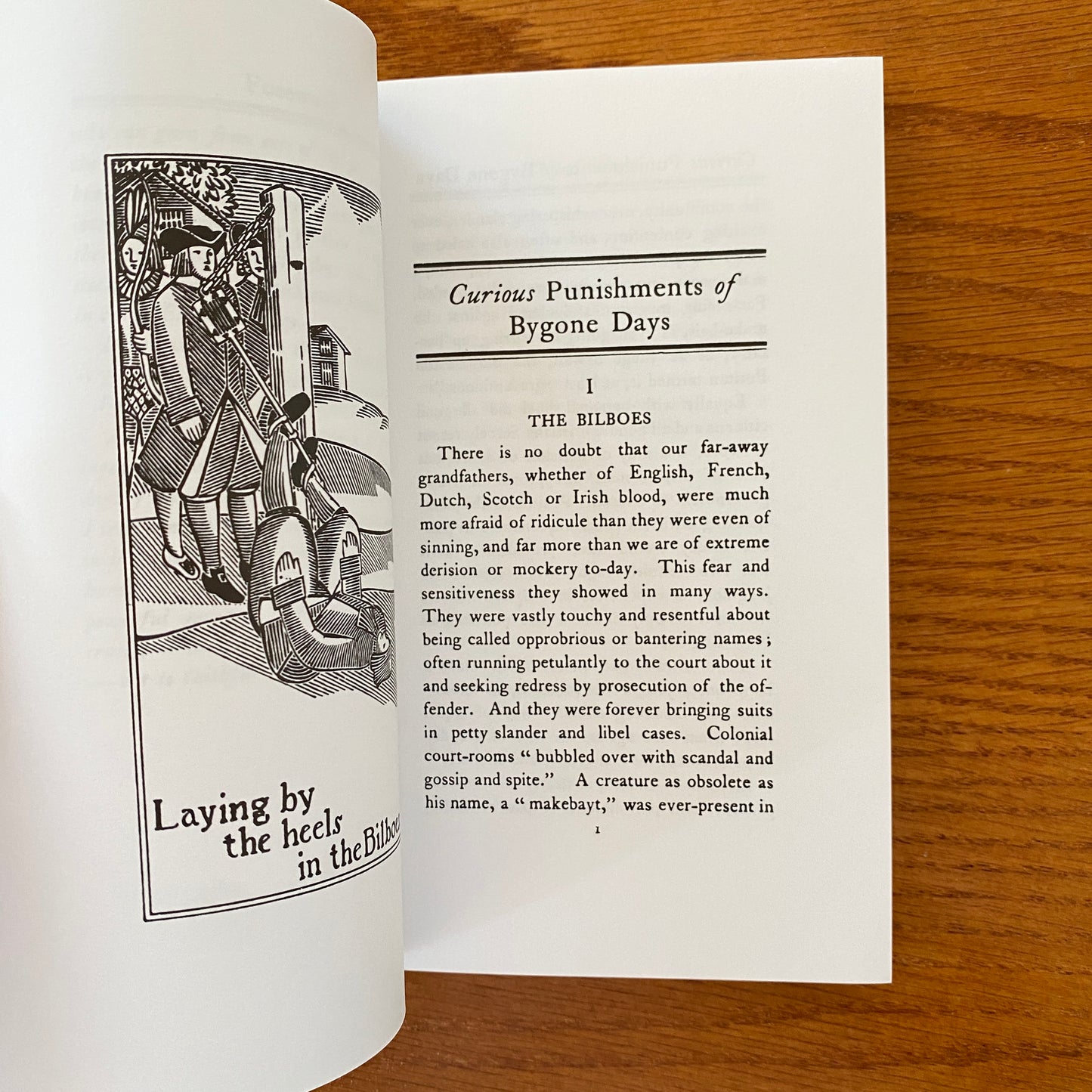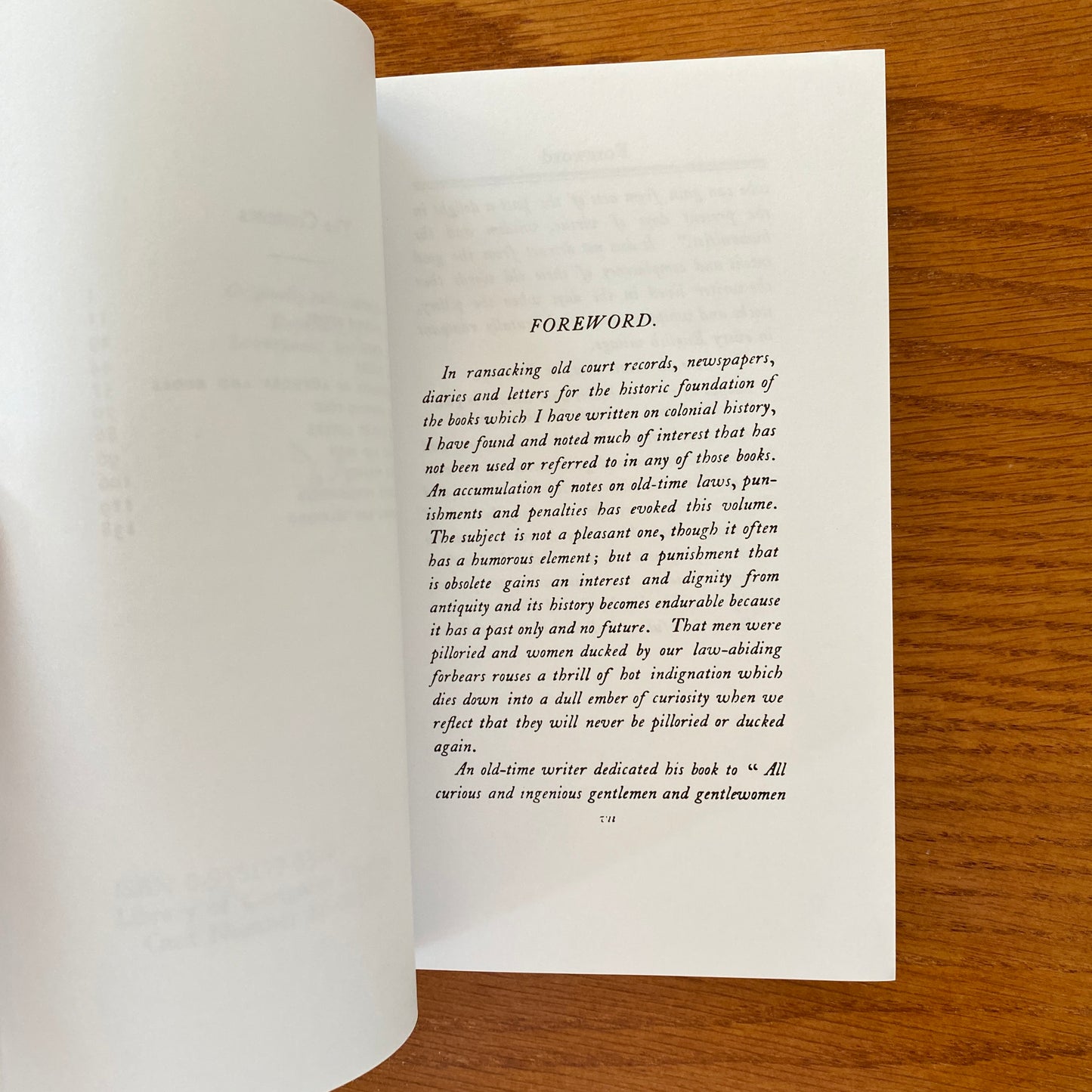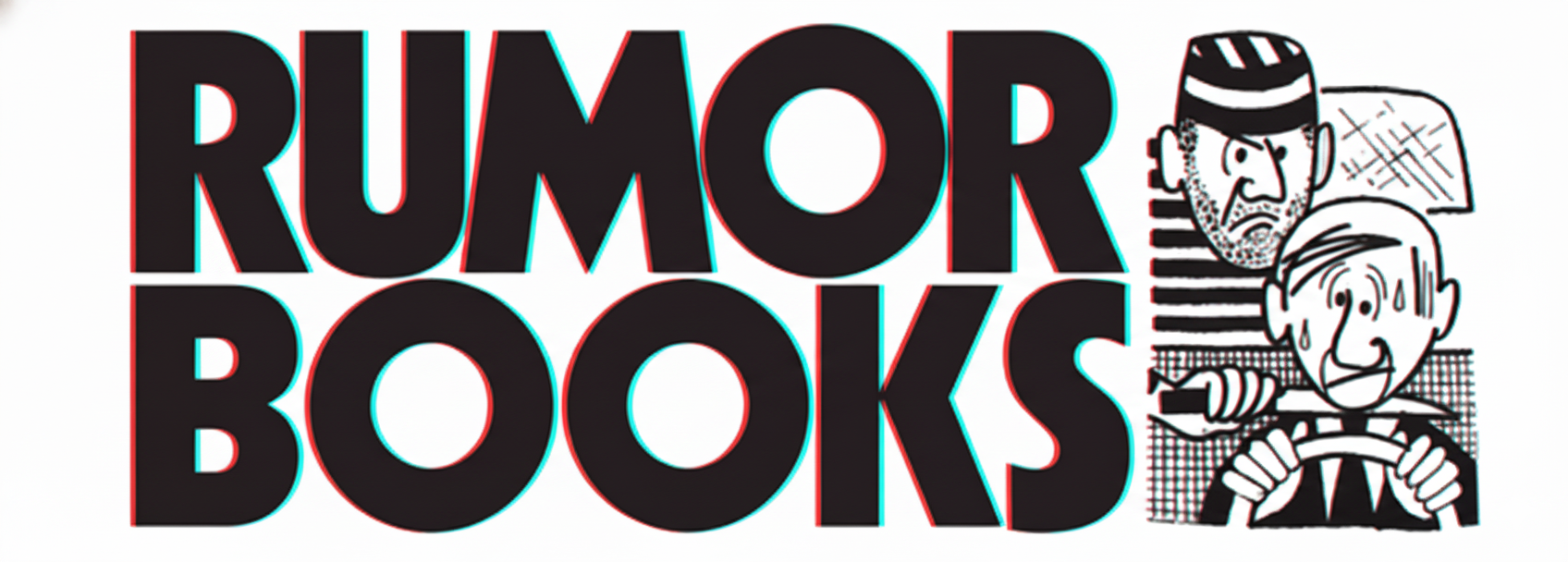Rumorbooks
Curious Punishments of Bygone Days - Alice Morse Earle
Curious Punishments of Bygone Days - Alice Morse Earle
Couldn't load pickup availability
First published in 1896, is a fascinating and often unsettling historical exploration of the various forms of corporal punishment and public humiliation employed in earlier times, particularly in colonial America and Europe. The book delves into the grim and sometimes bizarre punishments used by both the Church and the State to enforce moral and legal order.
Earle provides detailed accounts of historical punishments, such as:
• The Bilboes: A form of restraint involving iron bars that locked a person’s legs or arms.
• The Ducking Stool: A punishment primarily for women accused of witchcraft or gossiping, where the offender was dunked into a body of water.
• The Stocks and The Pillory: Public humiliations where individuals were locked in place, often pelted with objects by the public.
• Punishments for Authors and Books: Punishments meted out for those who defied the prevailing religious or moral order through their writings.
• The Whipping Post: A brutal form of corporal punishment often used for crimes ranging from theft to moral offenses.
• The Scarlet Letter: Public branding of offenders, especially in the case of adultery, made famous by Nathaniel Hawthorne’s novel.
• Public Penance: Rituals of public atonement, especially within the Church, for sins or moral transgressions.
• Military Punishments: Severe consequences for soldiers, sometimes involving flogging or other cruel measures.
• Branding and Maiming: Permanent marks of punishment, sometimes applied to criminals to signal their status as offenders.
Illustrated throughout with drawings that bring these punishments to life, Earle’s work explores both the societal norms that justified these actions and the cruelty they entailed. Earle, a noted historian with a particular interest in colonial American history, uses these accounts to highlight the often harsh and inhumane treatment of individuals under the law, drawing attention to the evolving concept of justice and human dignity.
The book is a blend of historical analysis and social commentary, providing a window into the grim history of crime and punishment, while also reflecting on the broader themes of guilt, morality, and societal control.
Share


